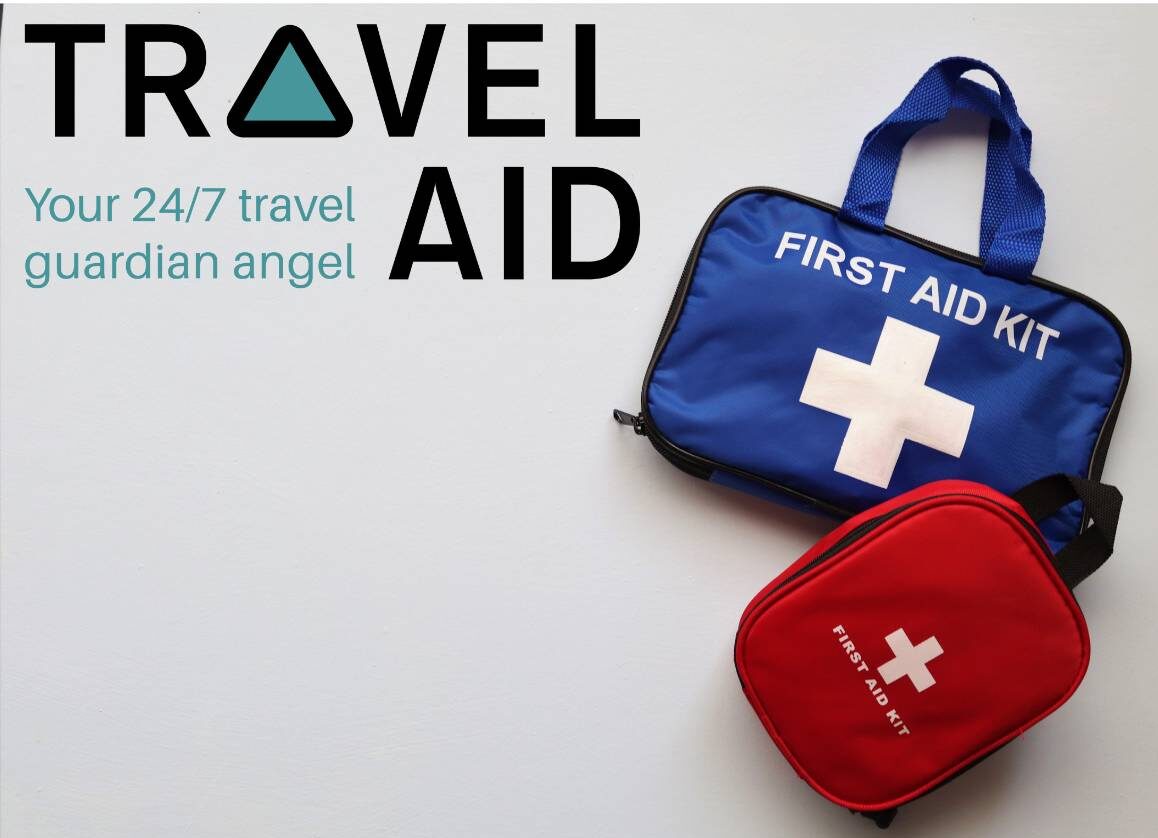There are many well documented reasons why it’s important to stay hydrated and a number of these are particularly relevant on a gap year.
WHAT SHOULD BE IN MY GAP YEAR FIRST AID KIT?

It’s a great idea to take a first aid kit with you on your gap year but there’s such an array of products available that you may be left unsure about what you really need. You could take a full first aid kit equipped for absolutely every eventuality but, as you may have read in other posts, we also recommend not taking unnecessary kit.
The first thing to consider is that there isn’t much point in carrying anything that you don’t know how to use. Not an expert in using a triangular bandage? Don’t pack one. Don’t know how to perform mouth to mouth resuscitation? Then you won’t need a face shield for mouth to mouth! Simply put, if you need anything more than a basic first aid kit, you should probably be looking for professional medical assistance.
Even with the items that you do know how to use yourself, there is no need to overpack. You don’t need to take large supplies of common first aid equipment as you’ll be able to replace common items like plasters and gauze in pharmacies around the world.
Whether you need to carry an EpiPen or an inhaler, insulin or anti-malarial treatment, you need to make sure you’ve got your prescription medication covered. Make sure you have enough to cover the times when you will be unable to get more. You may need to carry the prescription document or a doctor’s letter with you to explain the purpose of these. Oh, and keep them all in the original packaging.
The most frequently used item in a first aid kit tends to be basic plasters to use for any simple cut or graze. Add blister plasters to them if you’re prone to blisters or planning on any lengthy hikes. Keeping cuts and grazes clean will be important.
Gauze can be used for wounds which are too big for a plaster (and secured with the medical tape) as well as for applying pressure to a wound or for soaking up blood. A brilliant multi-tasker! Crepe bandages can be used for applying the gauze to a bigger wound. Your trusty gaffa / duct tape can also be substituted here if you are short on space.
Use to clean cuts, grazes or wounds before putting on plasters or gauze dressings.
There are many times when it’s important to ensure that you have clean hands (we won’t go into basic hygiene!) but this is never more important than if you are trying to clean or treat a wound. Yes, we were recommending hand sanitiser in first aid kits before Covid!
Small scissors are essential for cutting gauze, medical tape or crepe bandages to size. If you’re planning to travel with carry-on hand luggage only then you’ll need to add these to your first aid kit once you get to your destination.
Useful for pulling out splinters, getting any bits of dirt out of a wound or moving cut skin back into place.
Useful to help keep wounds clean. Members of our team have even cut off glove fingers to make an improvised waterproof covering for a nasty big toe injury!
It is particularly important to have painkillers accessible if you are suffering from a fever as the painkillers can help to bring your temperature down. You don’t need to take too many as it isn’t hard to replenish any that you use whilst you are away.
Often known as Imodium (which is a brand name), loperamide tablets are useful for stopping diarrhoea for brief periods of time such as when you are on a bus or train. It’s often better to let the diarrhoea pass by itself as these only stop the diarrhoea temporarily, and are not an actual cure; but for emergency situations they are invaluable in a gap year first aid kit.
If you’re not travelling and able to let the diarrhoea pass, it will be important to rehydrate so taking rehydration sachets in your first aid kit is a good idea (see below about staying hydrated).
Anti-histamine cream is especially useful if you’re one of those people who *always* gets stung or bitten. Including insect repellent is also a good idea.
Anti-histamine tablets are also a good idea to pack in case you develop a mild allergic reaction to anything while travelling.
These are unnecessary in more developed destinations but can be used for providing to a clinic if you are travelling ‘off the beaten track’ and are unsure if they have sufficient syringe needles for visitors without leaving locals short of precious supplies.
I don’t think any explanation is needed!